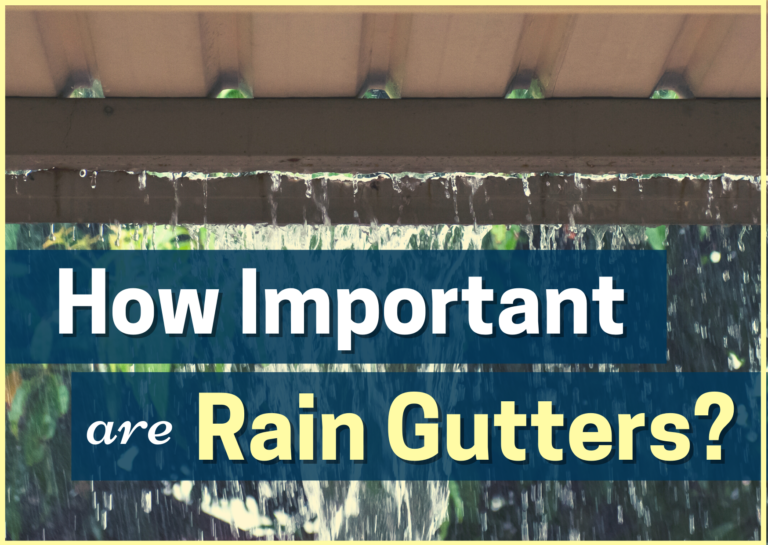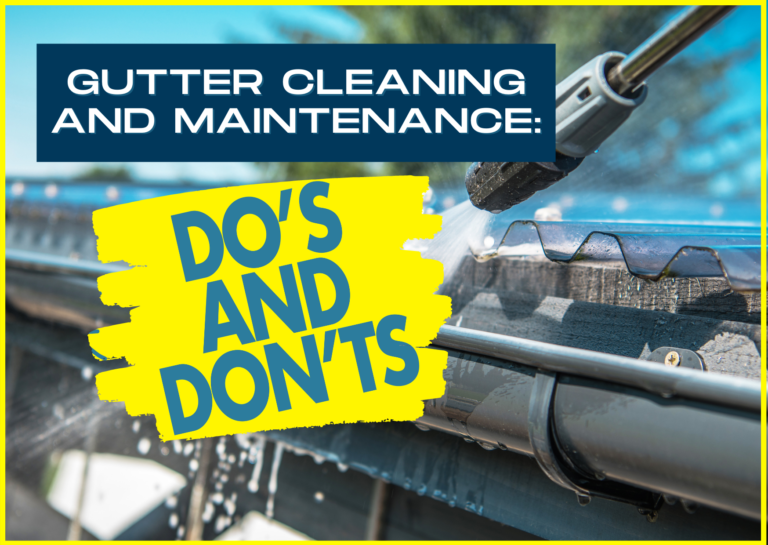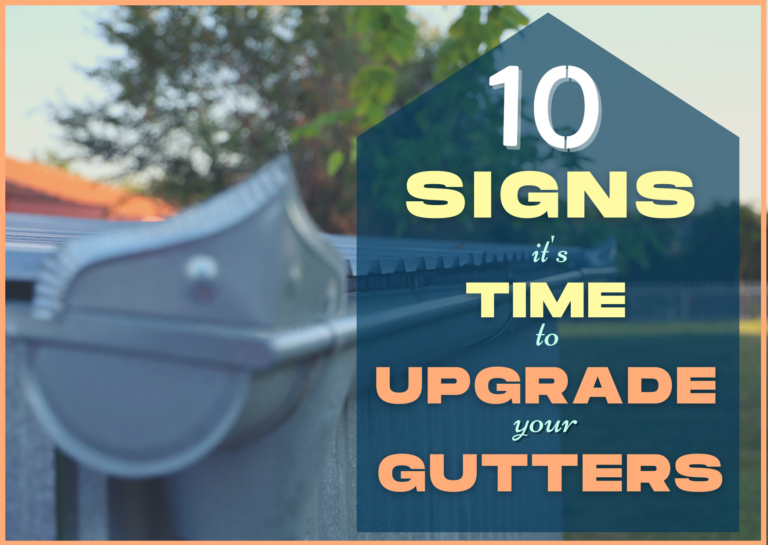What are Downspouts?
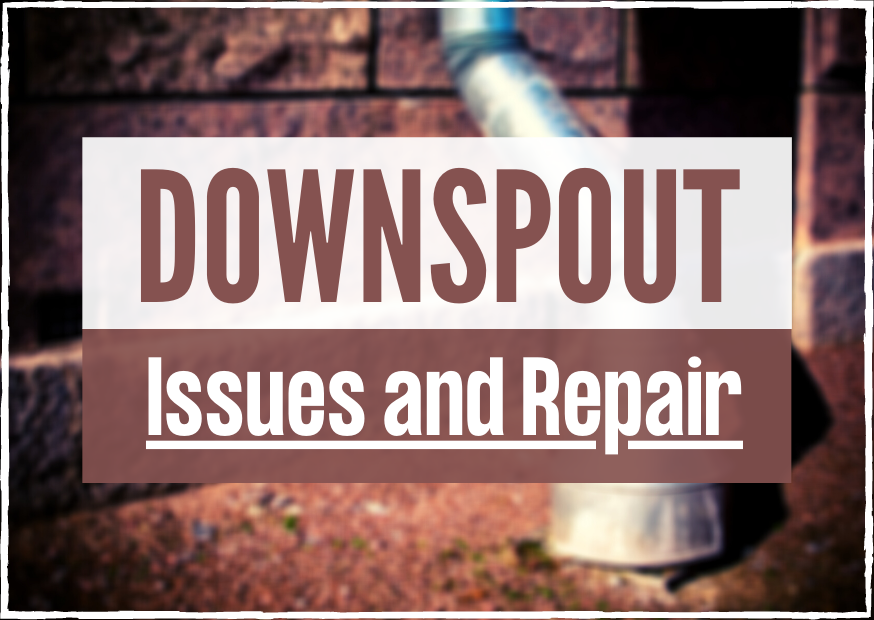
Downspouts are the downward pieces that carry water down and away from your home to a location in your that directs the water in the correct direction. If you are adding new gutters, downspout placement matters a lot! What also matters when figuring out where to place the downspout can be things such as appearance, but what matters most is your landscaping.
Landscaping and Gutters
These two kind of go hand in hand with each other. If your gutters work great, but your landscaping draining the wrong direction, or holds water against the house in wet garden areas, may render the gutter system useless. In most cases, the builder will grade the landscaping as to where it will drain away from your house. In some cases, the home owner will add a garden against the house not knowing better, causing the issues.
Splash Blocks or Gutter Extensions
Why do my gutters need to be extended, and does it come with the gutter install? It is as a general rule, a good idea to extend your gutters from 6 to 10 feet away from your homes foundation to be safe. Is the cost of extending the gutters included in the install? In the case of me, no it is not part of the gutter install. The splash blocks can be purchased at your local supply stores in most cases, along with black plastic extensions if that is what you like best. Some contractors may offer this service however, so it is good to ask before signing any paperwork on the install.
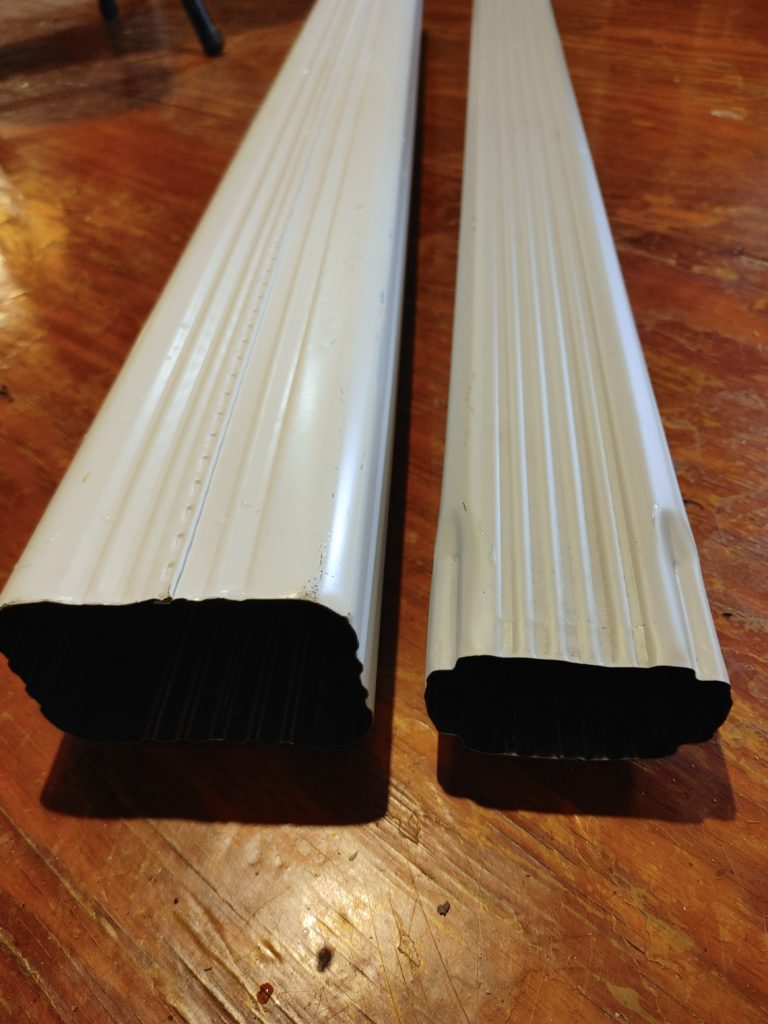
3×4 and 2×2 Downspouts – In downspout world, we have two choices for home use, unless you have half round gutters, or something special. We have the bigger 3×4 inch downpipe as seen on the left. This size downspout is most used now days. The smaller 2×3 inch downspout like on the right side of the picture was more used in the past, although you still see them all over the place still in use. There is nothing wrong with the smaller of the two, it is just preferred because of appearance, and higher water flow.
A Elbow – You need in most cases to complete a downspout, three A elbows. You may need B Elbows in some cases. We will get into B Elbows next.
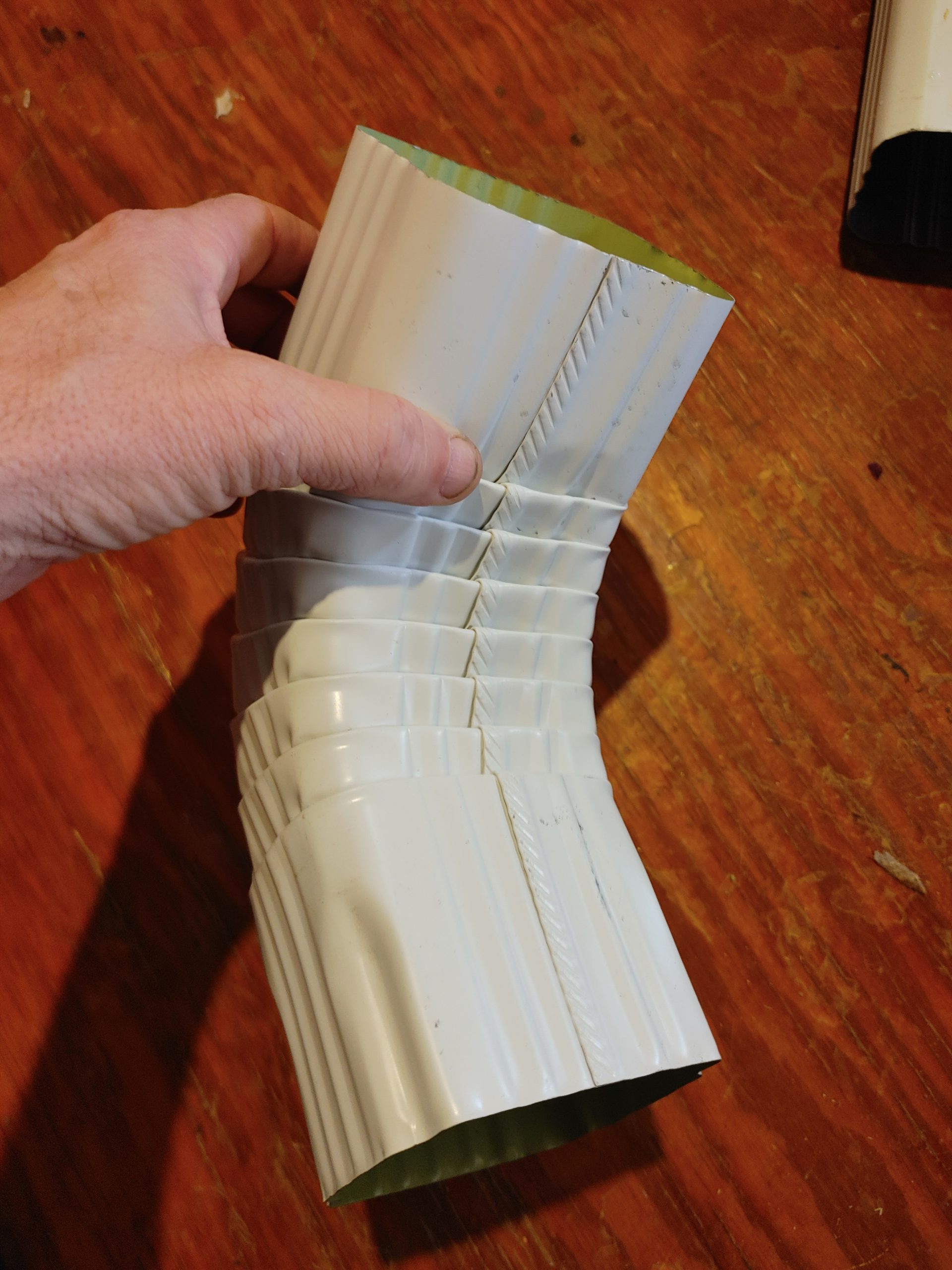
B Elbow – Below you see a B Elbow on the left side and an A elbow on the right side. You would need a B Elbow in the case you want the downspout to run a different direction at the bottom for example, or if you need to fasten the downspout to a side way possibly.
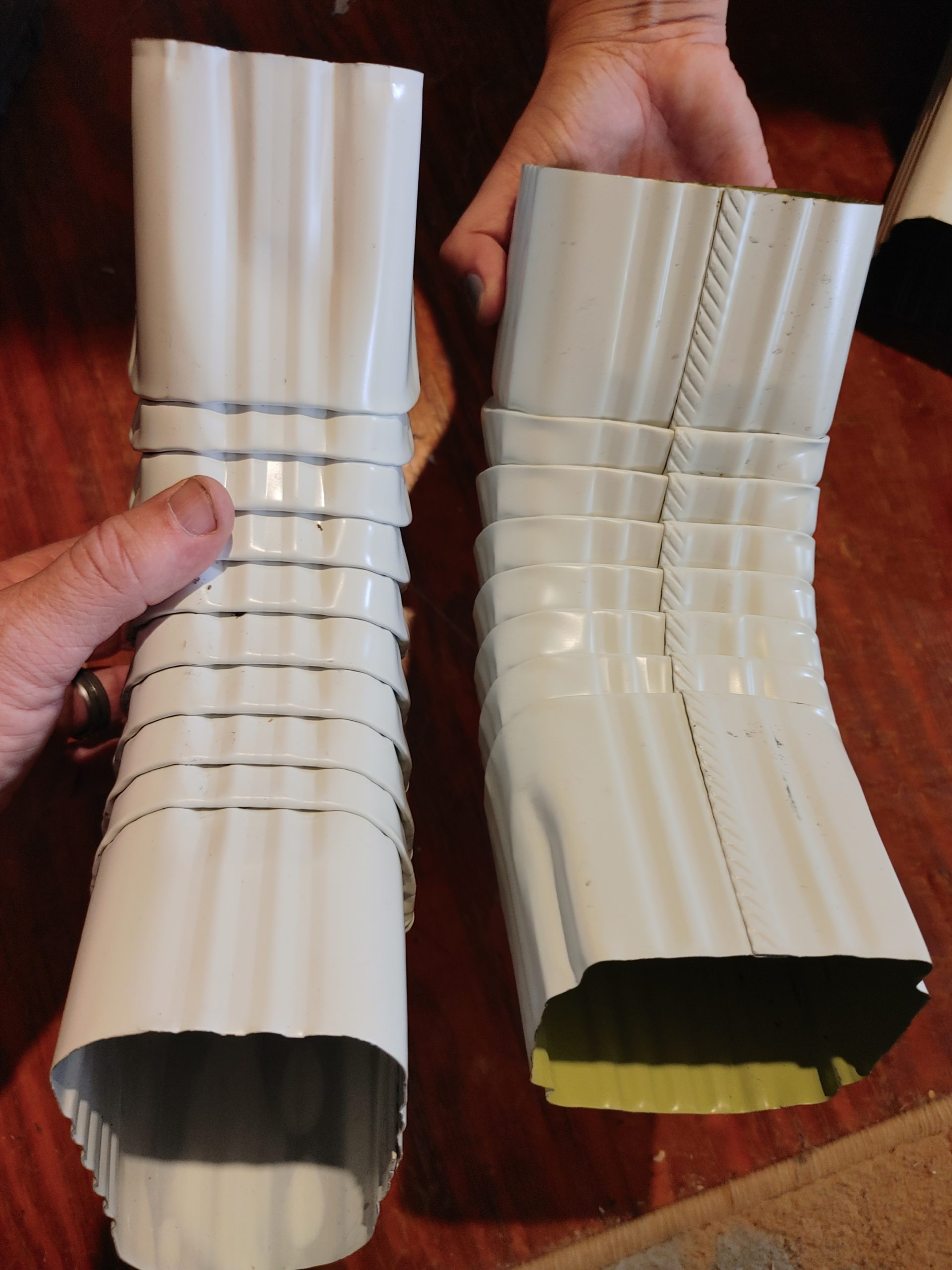
Putting Downspout Together – You on average will have 10 to 15 feet of downspout per story of house. A one story will probably have a 10 foot section and three A or B elbows, and it is possible to need a combination of both A and B elbows in some cases, depending on the house. Sometimes when you buy these parts, they will come pre dented on the corners. This is to make it easier for that side to fit into the part below it when building the downspout.
The Top of Downspout – In picture below you will see the top set up of a downspout using A elbows.
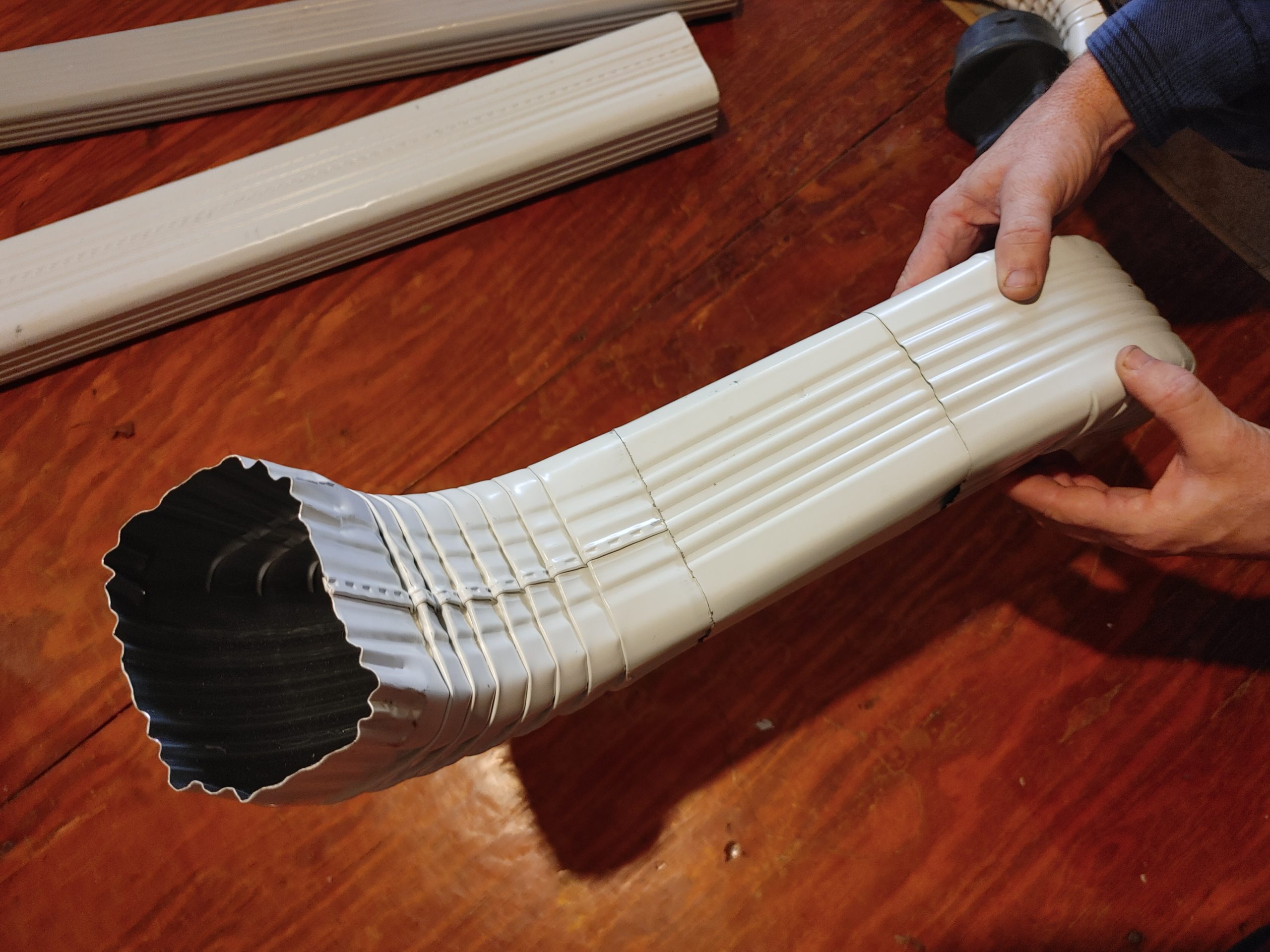
Top of Downspout Disassembled
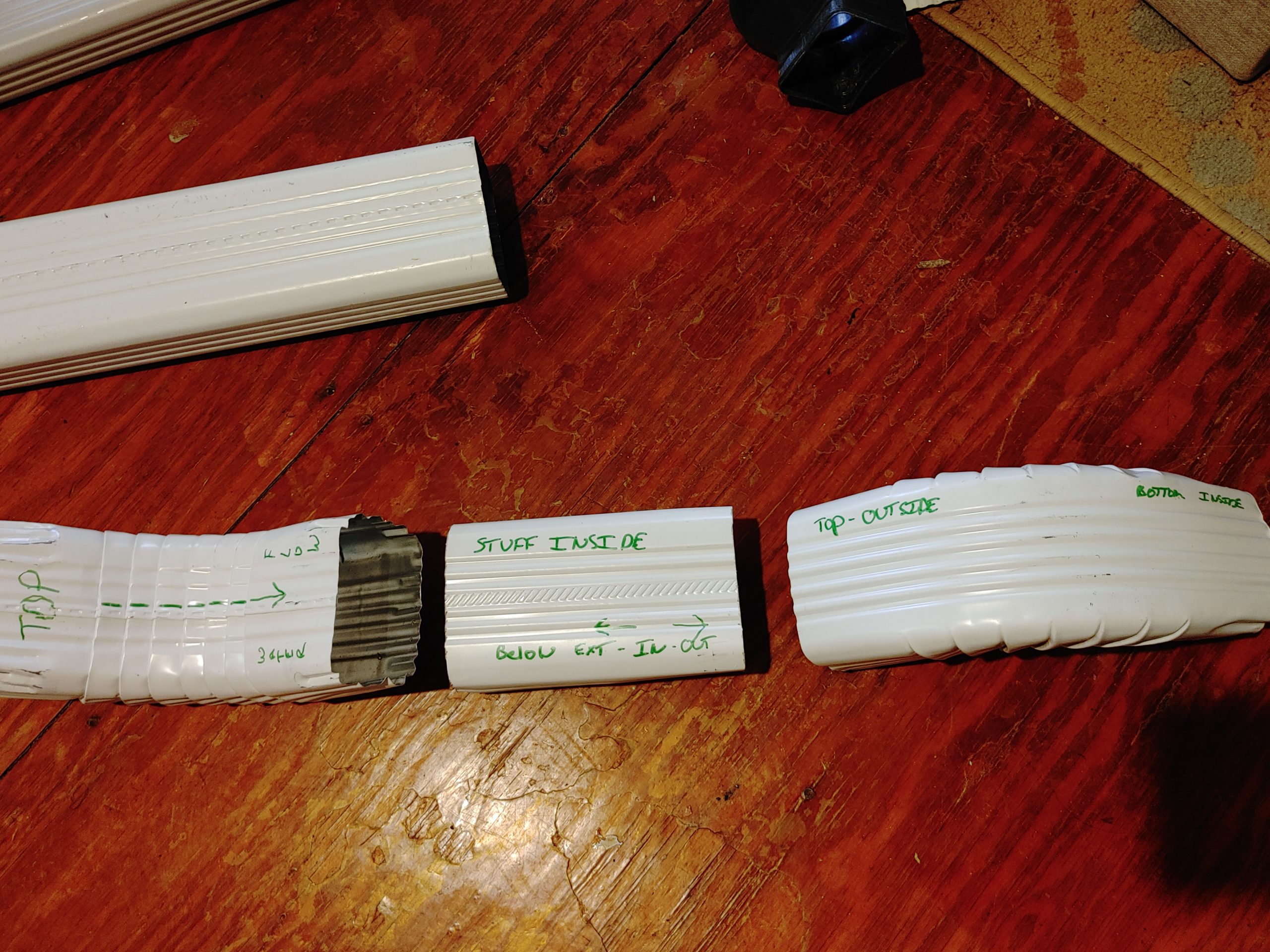
Center Extension – This will be a piece of downpipe you cut according to how much length you need to get downspout at a downward angle to the wall. It is very important to tuck the top piece into the bottom piece all the way down the wall as you go. See where the instructional writing ends up in next pic to see what I mean.
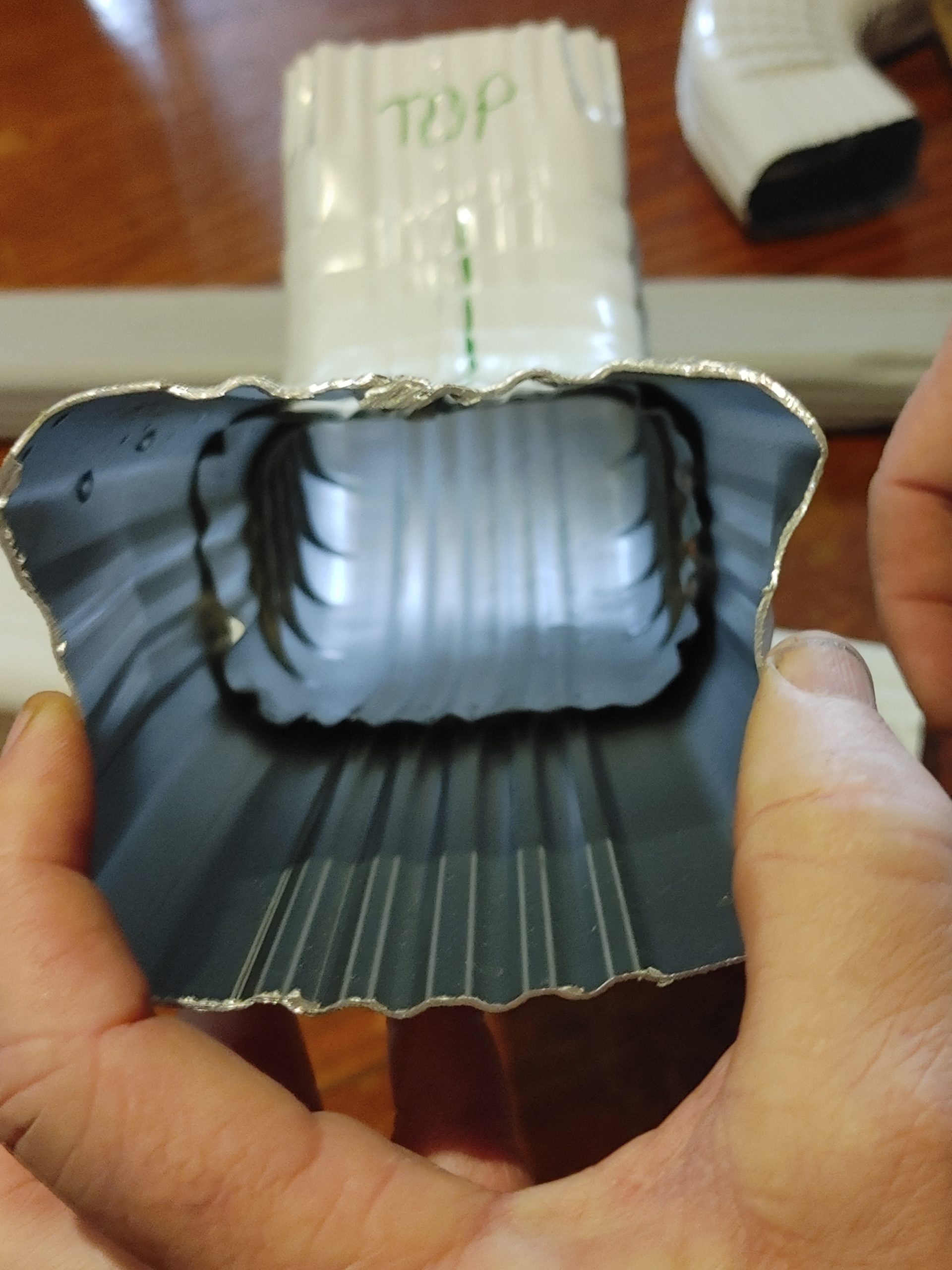
This is how I make the bottom of the top elbow fit the inside of the next piece. Just push in the sides a bit. You can buy tools to make these look better for the 40 dollar range, or you can just bend in corners with needle nose pliers. Be careful, you can make this way look off if you bend too much. If you do not make sure to insert the downspout together right, it will just run out of the seams.
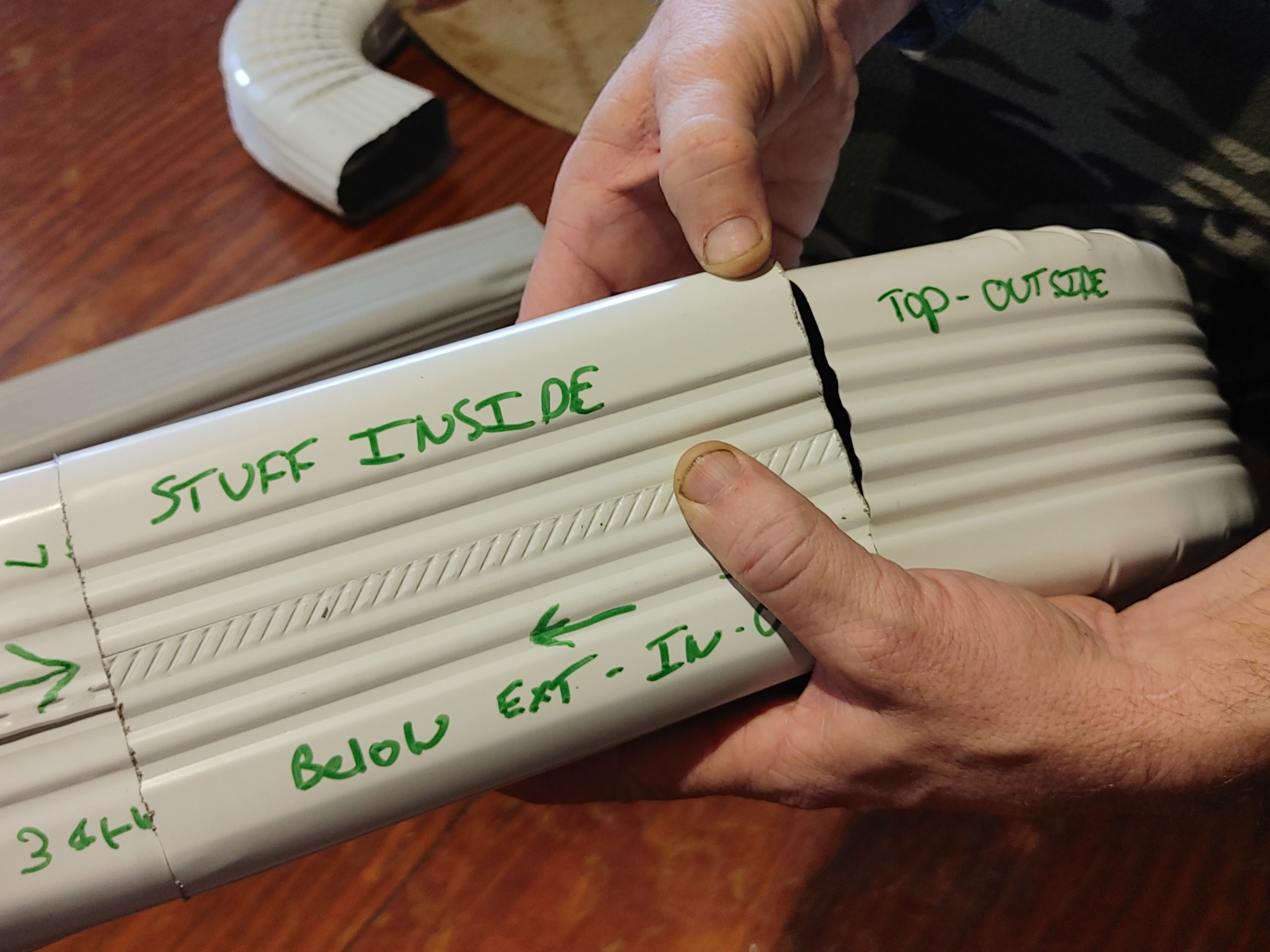
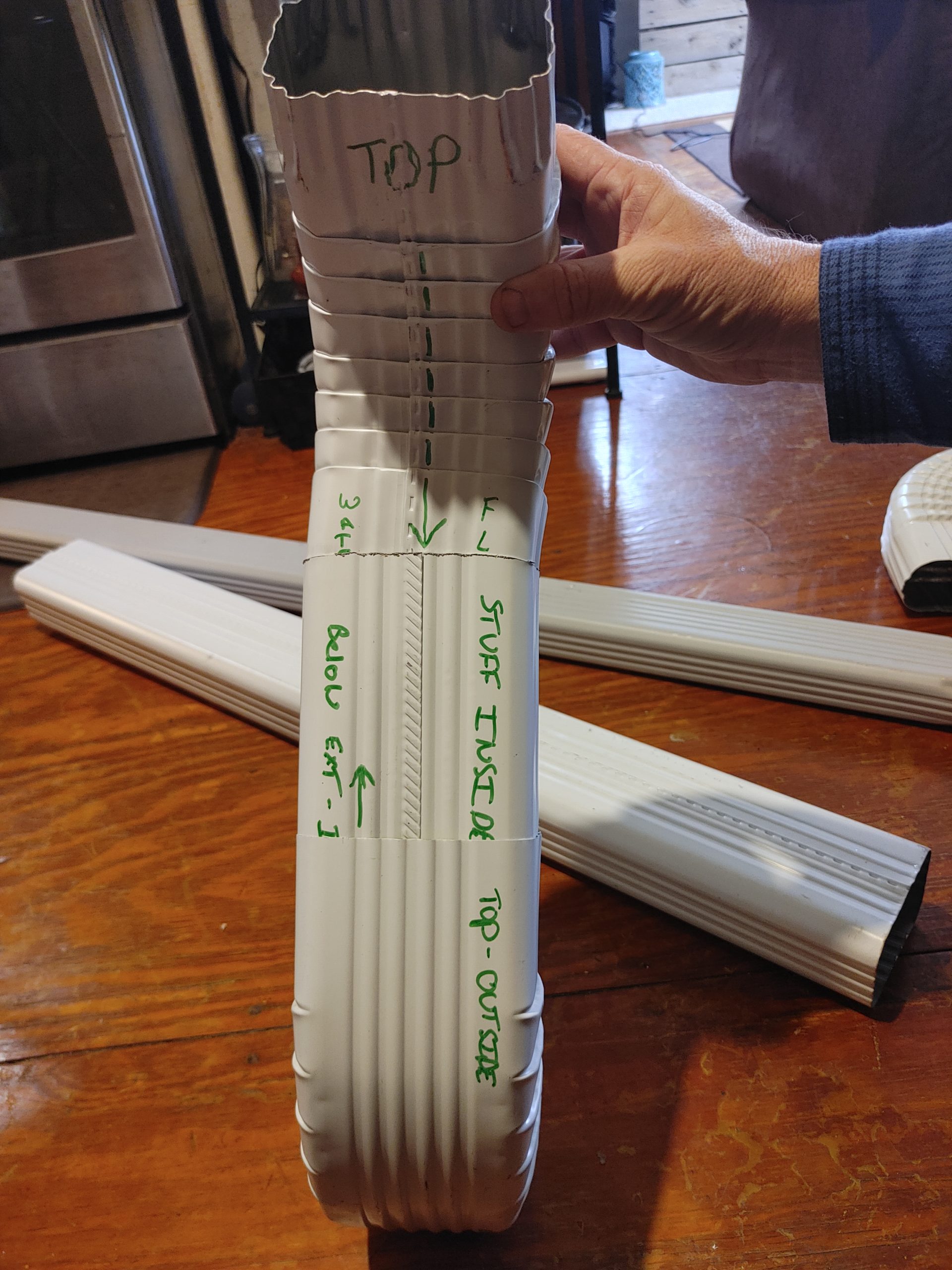
Below is a complete downspout using two A elbows at the top and a B elbow at the bottom to form direction. As you see with the B elbow at the bottom, I pushed in the sides a bit far causing a gap that is not beautiful. I do have the 40 dollar tool to help with that, but you do it your selfers, will probably not have access to that tool. Just do the best you can not to bend the end extra, and push in to the next part a bit deeper to hide a little. You can also pop a short self tapping screw in to pull the two pieces together.
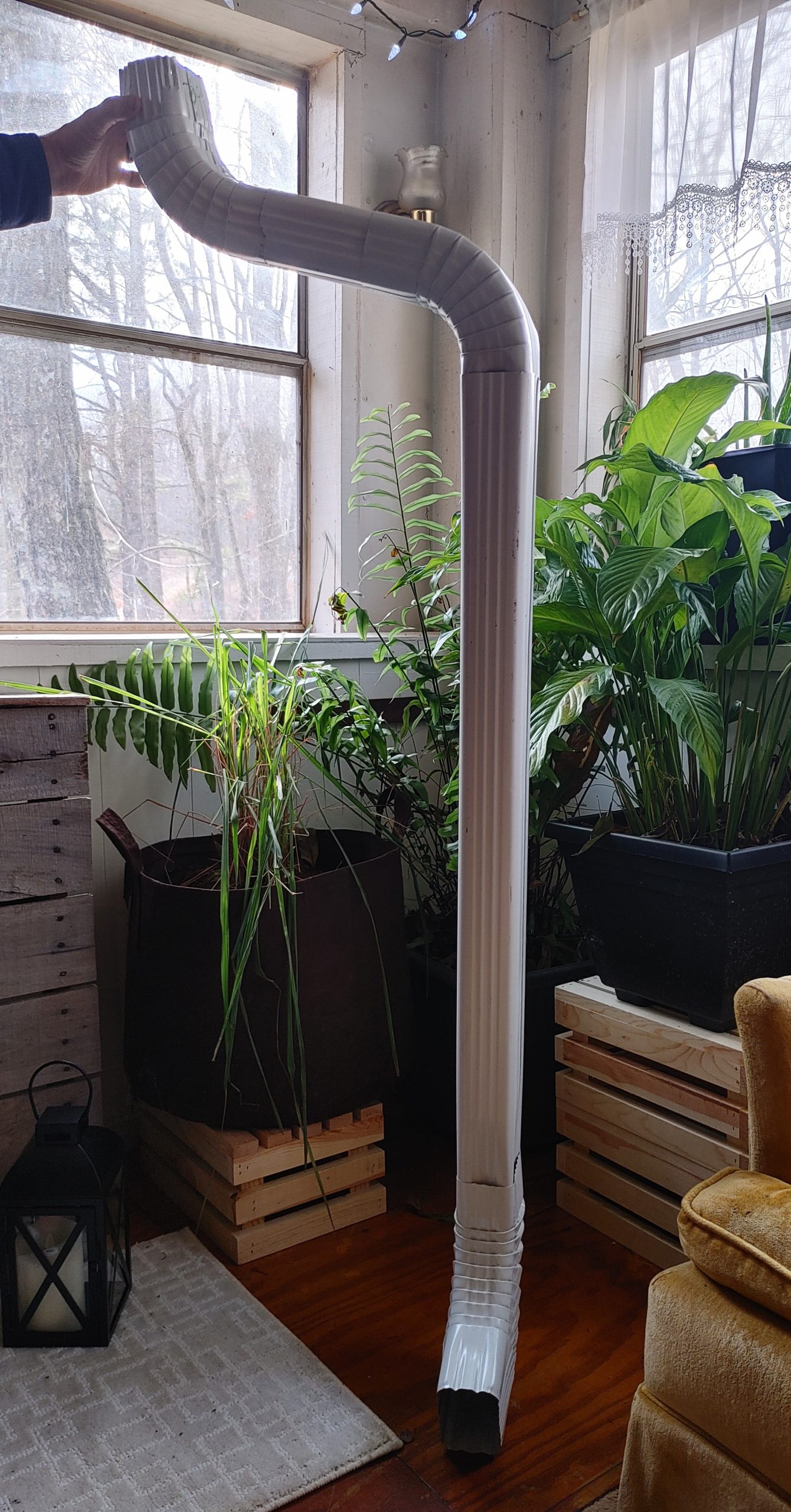
Most Common Problems with Downspouts
There are a couple issues with downspouts that may make them not work, or work less well. First, and biggest issues, is leaves. If you do not clean your gutters often, the top and the corners of the downspouts will catch leaves and over time clog. I also see rust holes on older galvanized gutters that have just formed over time. If your gutters are Aluminum, you should not have rust holes.
I see a lot of gutters that are stopped up where they have attached the downspout to plastic pipes that run underground. You may have to dig up the pipe and place new in this case if you can not run something up in the pipe to clear.
You can generally knock on areas of the downspout to see if it sounds empty or totally stopped up. If you have rust holes in your downspouts, it is probably time to replace all the gutter system.
John Weems
AmeraPinallc@gmail.com
